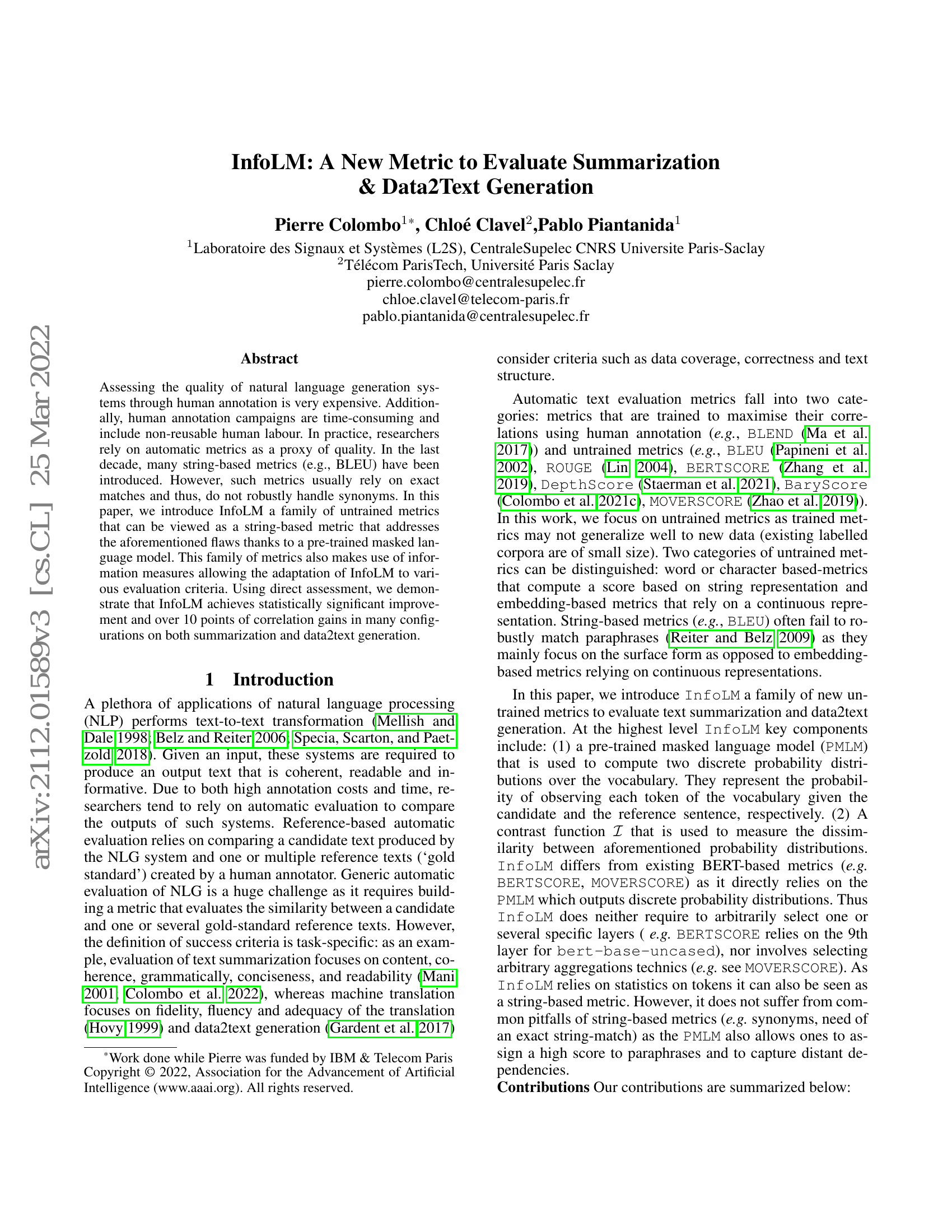Command Palette
Search for a command to run...
InfoGCN: Representation Learning for Human Skeleton-Based Action Recognition
{Karthik Ramani QiXing Huang Sang Wan Lee Seunggeun Chi Myoung Hoon Ha Hyung-gun Chi}

Abstract
Human skeleton-based action recognition offers a valuable means to understand the intricacies of human behavior because it can handle the complex relationships between physical constraints and intention. Although several studies have focused on encoding a skeleton, less attention has been paid to embed this information into the latent representations of human action. InfoGCN proposes a learning framework for action recognition combining a novel learning objective and an encoding method. First, we design an information bottleneck-based learning objective to guide the model to learn informative but compact latent representations. To provide discriminative information for classifying action, we introduce attention-based graph convolution that captures the context-dependent intrinsic topology of human action. In addition, we present a multi-modal representation of the skeleton using the relative position of joints, designed to provide complementary spatial information for joints. InfoGCN surpasses the known state-of-the-art on multiple skeleton-based action recognition benchmarks with the accuracy of 93.0% on NTU RGB+D 60 cross-subject split, 89.8% on NTU RGB+D 120 cross-subject split, and 97.0% on NW-UCLA.
Benchmarks
| Benchmark | Methodology | Metrics |
|---|---|---|
| skeleton-based-action-recognition-on-n-ucla | InfoGCN | Accuracy: 97.0 |
| skeleton-based-action-recognition-on-ntu-rgbd | InfoGCN | Accuracy (CS): 93.0 Accuracy (CV): 97.1 Ensembled Modalities: 6 |
| skeleton-based-action-recognition-on-ntu-rgbd-1 | InfoGCN | Accuracy (Cross-Setup): 91.2 Accuracy (Cross-Subject): 89.8 Ensembled Modalities: 6 |
Build AI with AI
From idea to launch — accelerate your AI development with free AI co-coding, out-of-the-box environment and best price of GPUs.